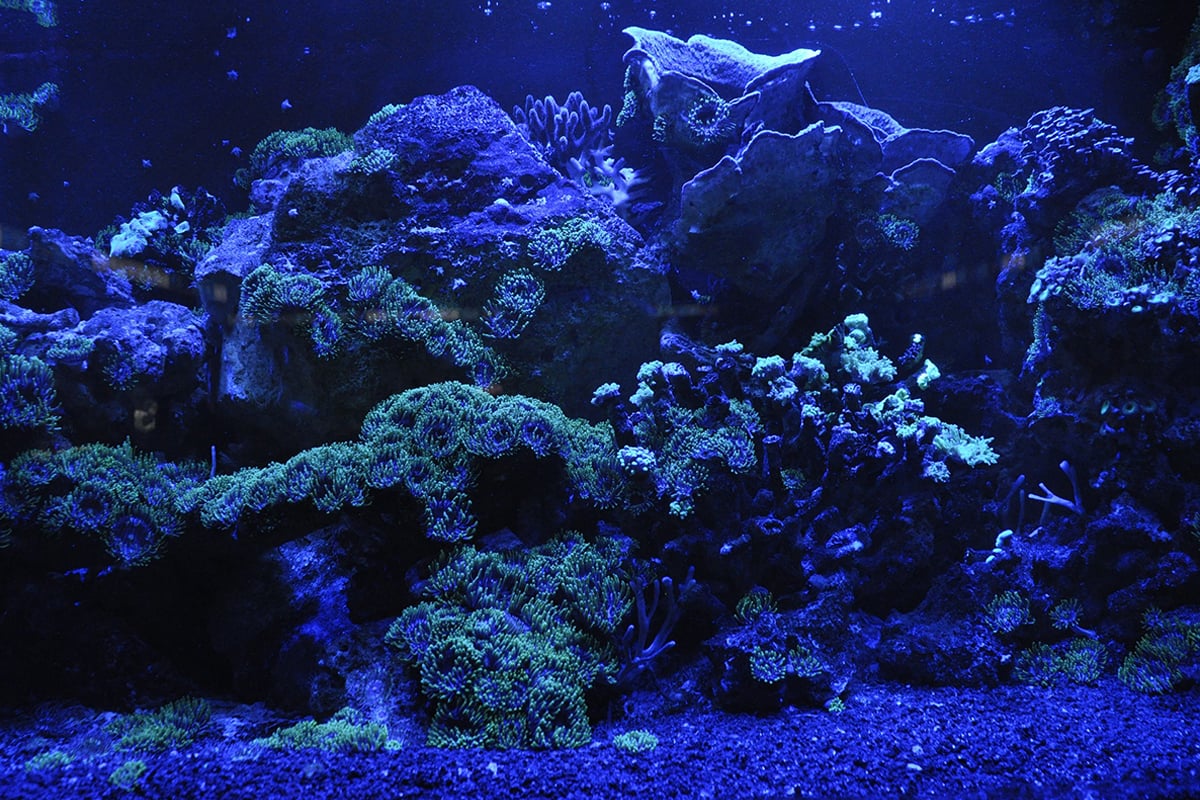While our planet’s oceans cover more than 70% of Earth’s surface, a mere 10% of the ocean floor remains adequately mapped, shrouded in mystery. Yet, an ambitious endeavor backed by the Ocean Frontier Institute (OFI) is rewriting the narrative. The Benthic Ecosystem Mapping & Engagement (BEcoME) project, led by Dalhousie and Memorial University, is on a mission to unveil the secrets hidden beneath the ocean’s depths and comprehend the significance of benthic habitats in our ever-evolving climate.
In their quest, scientists are embracing innovative technology to meticulously chart the physical attributes of underwater ecosystems. Their expedition led them to the pristine waters surrounding the Galápagos Islands, a unique region in the vast Pacific Ocean.
The team, with support from the Schmidt Ocean Institute (SOI), embarked on a five-week expedition named Project Zombie, uniting 24 scientists from across the globe. Guided by Chief Scientist Dr. John Jamieson and BEcoME project co-lead Dr. Craig Brown, their objective was clear: to evaluate the potential of a cutting-edge imaging technology known as Interferometric Synthetic Aperture Sonar (SAS), developed by Kraken Robotics.
While this technology has been utilized in defense and offshore energy applications, it had never been tested for scientific purposes. The team’s voyage aimed to determine its effectiveness in mapping the ocean floor and exploring the enigmatic depths of the Galápagos.
The results proved nothing short of astounding. With the precision of InSAS technology, scientists unearthed three hydrothermal vent fields, including one previously unknown to science, aptly named “Tortugas.” These vents, typically found along oceanic tectonic plate boundaries, are known for nurturing unique underwater life and housing valuable metals. Consequently, scientists are now probing their resource potential and environmental implications.
Yet, that was not the extent of their discoveries. Researchers serendipitously stumbled upon a pacific white skate nursery, an exceedingly rare find worldwide, and identified 15 species of seafloor creatures previously undocumented in the region. Some of these newfound species might even be entirely novel to the scientific community.
Meanwhile, Dr. Katleen Robert from Memorial University’s Marine Institute spearheaded a separate expedition aboard the Falkor, focusing on another BEcoME project objective: mapping deep-water coral habitats in three dimensions (3D). The Galápagos Islands, home to pristine deep-water coral reefs existing under varying environmental conditions, presented a unique opportunity for this endeavor.
Dr. Robert’s team harnessed the Voyis Insight Micro laser scanner and the specially equipped SuBastian remotely-operated vehicle (ROV), capable of reaching depths of up to 4,500 meters. Their efforts yielded astonishing results, including the discovery of two deep-sea reefs, one stretching an impressive 800 meters in length.
These revelations not only advance our comprehension of the Galápagos National Marine Reserve but also contribute to the management of the Eastern Tropical Pacific Marine Corridor. Ultimately, the BEcoME project is pushing the boundaries of oceanic research, employing novel mapping technologies to illuminate the hidden marvels of the ocean floor and promote responsible ocean stewardship.
As our knowledge of the ocean’s depths expands, we edge closer to unveiling the enigmas concealed beneath the waves, offering optimism for a deeper insight into our planet’s past, present, and future.







